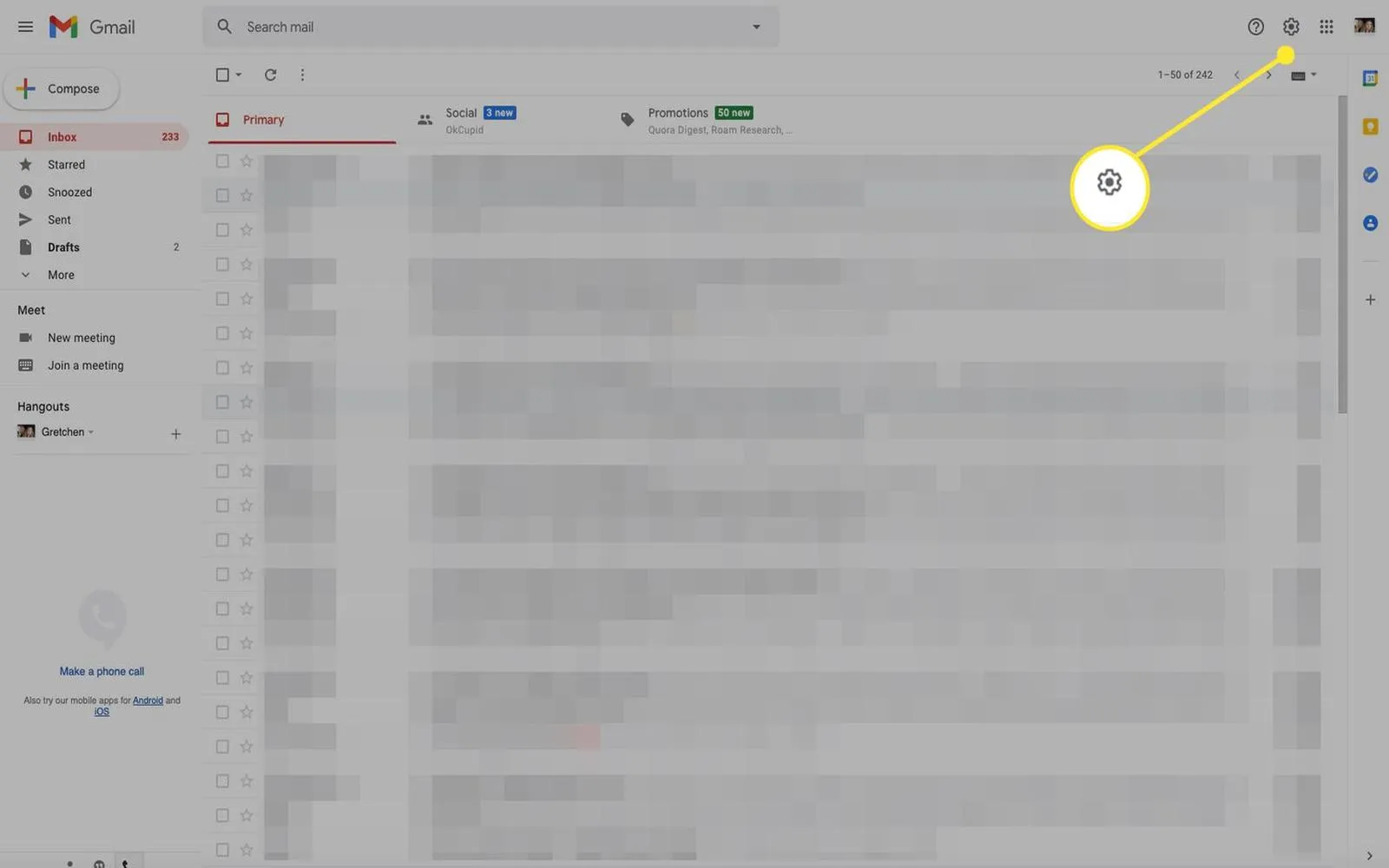Creating a table in Google Sheets is a straightforward process that can greatly enhance your data organization and presentation. With its user-friendly interface, Google Sheets allows users to visualize data effectively, making it an essential tool for anyone looking to manage information efficiently. In this article, we will guide you through the steps of creating tables in Google Sheets, and how to utilize features like sorting and filtering to maximize your data analysis.
Step 1: Opening Google Sheets
To start, navigate to Google Sheets by visiting sheets.google.com. You will need to sign in with your Google account if you haven’t already. Once you are logged in, you can either create a new spreadsheet or open an existing one. Click on the blank option to start fresh or select a template that suits your needs.
Step 2: Entering Data
Once you have your new or existing spreadsheet open, begin entering your data. Click on any cell to start typing. You can organize your data into rows and columns, which is essential for creating a table. It’s helpful to label your columns with headers, which can be bolded for clarity. For instance, if you are working with referrerAdCreative data, your headers might include “Ad ID,” “Clicks,” “Impressions,” and “Conversion Rate.”
Step 3: Formatting Your Table
After entering your data, it’s time to format it into a table. To do this, select the range of cells that contain your data, including the headers. Click on “Format” in the menu bar, then select “Alternating colors.” This feature allows you to apply a color scheme to your table, making it easier to read. You can choose from preset styles or customize your own colors.
Step 4: Adding Filters
To enhance your table’s functionality, consider adding filters. Filters allow you to sort and analyze your data efficiently. To add a filter, select your header row, click on the filter icon in the toolbar, or go to “Data” and select “Create a filter.” You will then see a drop-down arrow next to each header, enabling you to sort by specific values or filter out data that is not relevant. This is particularly useful when working with large datasets related to referrerAdCreative.
Step 5: Inserting Charts
Visual representation of your data can be achieved by inserting charts. To create a chart, highlight the data you wish to visualize, then click on “Insert” in the menu and select “Chart.” Google Sheets will automatically suggest a chart type based on your data. You can customize the chart type, colors, and labels to better fit your analysis of referrerAdCreative metrics. Common chart types include bar charts, line graphs, and pie charts.
Step 6: Sharing Your Table
Once your table and charts are complete, you may want to share your work with others. Google Sheets makes sharing easy. Click on the “Share” button located in the upper right corner of your screen. You can enter the email addresses of those you wish to share with, or generate a shareable link. Adjust the permissions to allow others to view or edit your table as necessary.
Step 7: Utilizing Add-ons
For more advanced features, consider exploring Google Sheets’ add-ons. These can enhance your table’s capabilities significantly. Navigate to “Extensions” in the menu, then “Add-ons,” and select “Get add-ons.” You can find various tools that can help with data analysis, visualization, and even integration with other platforms relevant to referrerAdCreative.
Conclusion
Creating a table in Google Sheets is an essential skill for anyone dealing with data. By following these steps, you can effectively enter, format, and analyze your data, making it easier to derive insights and share your findings. Whether you are tracking referrerAdCreative performance metrics or managing other datasets, Google Sheets provides a robust platform to meet your needs. Start using tables in Google Sheets today to improve your data management and visualization skills!





